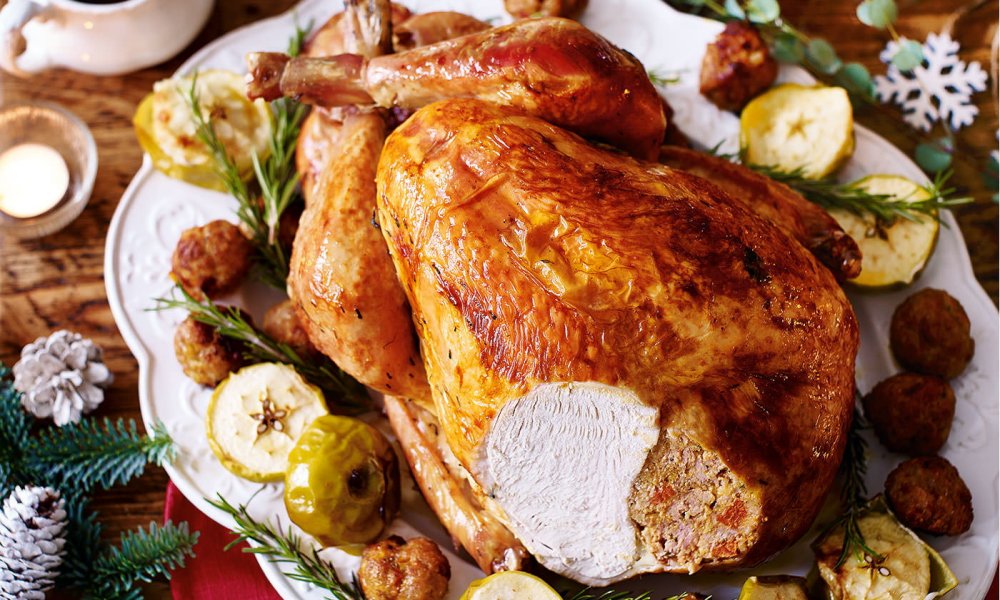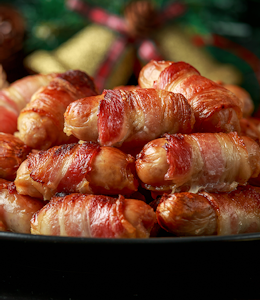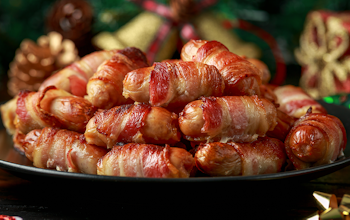Turkey stuffing is a beloved tradition that brings families together around the Thanksgiving table. With its simple yet flavorful ingredients, stuffing both comforts and delights. But what exactly makes this iconic side dish so irresistible? In this article we’ll explore the essential components of turkey stuffing and why it occupies such an important place at the holiday feast.
The Core Ingredients
At its heart, turkey stuffing contains just a handful of key ingredients:
-
Bread Bread forms the base providing substance and soaking up flavors. White bread is traditional but wheat, sourdough, cornbread, and others work too. The bread should be dried out before using. Lightly toasting day-old bread achieves this nicely.
-
Onions and celery: When cooked until soft and translucent, onions and celery give stuffing a subtle sweetness and savoriness. About 2 cups chopped is typical for a hearty batch.
-
Chicken or turkey stock: The stock provides essential moisture, flavoring the bread and vegetables. Around 1-2 cups does the trick.
-
Butter Butter lends rich flavor, helps tenderize the veggies, and keeps everything moist. A few tablespoons is all it takes.
-
Herbs and spices: Sage, thyme, rosemary, marjoram, nutmeg, and poultry seasoning blend give stuffing its signature seasoning. Salt and pepper round it out.
-
Eggs (optional): Eggs help bind the stuffing for a less crumbly texture. 1-2 large eggs per batch is standard.
With just these simple ingredients, turkey stuffing takes shape. But half the fun is customizing it with your own creative touches.
Personalized Add-Ins
While the core ingredients form the foundation, cooks often incorporate their own embellishments:
-
Fruits and nuts: Raisins, cranberries, apples, pecans, and walnuts provide texture, natural sweetness, and crunch.
-
Meat: Cooked sausage, bacon, or other meats lend hearty, savory notes.
-
Vegetables: Onions, mushrooms, potatoes, or other veggies contribute diverse flavors.
-
Herbs: Playing with different fresh herbs like parsley, oregano, and chives puts a unique spin on the seasoning.
The options for unique combinations and add-ins are practically endless. Turkey stuffing invites creativity and experimentation while staying anchored to its comforting essence.
Preparation Methods
There’s more than one way to prepare turkey stuffing:
-
Baked in a dish: As “dressing,” the ingredients are mixed and baked in a casserole. This allows full control over doneness.
-
Stuffed in the turkey: Spooning the stuffing right into the turkey cavity allows it to absorb all the flavorful juices and aromas. Safety has to be monitored.
-
On the stovetop: Cooked in a skillet, stovetop stuffing develops a crispy top and moist interior. Constant stirring prevents burning.
No matter how it’s made, proper seasoning and cooking are key for stuffing that lives up to its expectations. With care and quality ingredients, homemade turkey stuffing always shines.
The Significance of Turkey Stuffing
Turkey stuffing holds a special significance at Thanksgiving. The dish represents familial bonds, cherished recipes, and traditions passed down from generation to generation. Mothers and grandmothers often teach their unique stuffing secrets. Making stuffing together fosters connection.
Even as recipes evolve over the years, turkey stuffing remains an anchor of the classic Thanksgiving spread. The smell of onions, celery, and sage evokes memories of holidays past. For many, Thanksgiving dinner just wouldn’t feel complete without heaping second helpings of this familiar side.
Choosing Top-Notch Ingredients
To craft exemplary turkey stuffing, quality ingredients are a must:
-
Bread: Pick a sturdy bread that won’t get mushy like French or Italian. Sourdough and cornbread also work wonderfully.
-
Vegetables: Choose fresh, firm onions and celery for the best texture and sweetness when cooked.
-
Broth: Opt for turkey or chicken broth with a clean, savory flavor, free of grittiness.
-
Butter: The rich taste of real butter beats margarine and oils.
-
Herbs: Dried herbs like sage and thyme retain aroma and potency better than fresh when baked.
With simple but exceptional ingredients and proper seasoning techniques, your turkey stuffing will become a new family tradition to be passed down for generations to come.
Frequently Asked Questions
What’s the best bread for turkey stuffing?
A sturdy white bread like French or Italian works excellently. The texture stands up well to absorbing liquid and baking. Sourdough, wheat, and cornbread are also great choices.
How much stuffing does a 10 pound turkey hold?
Figure around 1/2 to 3/4 cup of stuffing per pound of turkey. So a 10 pound turkey can hold 5 to 7 1/2 cups of stuffing. Adjust amounts accordingly for the bird’s size.
Should eggs be added to turkey stuffing?
Eggs are optional but can help bind stuffing for a less crumbly texture. 1-2 large eggs per batch typically works great. Omit for a more loosely packed stuffing.
How do you prevent dry or mushy stuffing?
-
Use very dry, slightly stale bread to avoid mushiness.
-
Add broth gradually until desired moistness is reached.
-
Avoid overpacking the turkey which can hinder moisture absorption.
-
Cook stuffing separately to control doneness.
What are good add-ins for turkey stuffing?
Dried cranberries, raisins, sausage, pecans, mushrooms, apples, and potatoes make tasty options. Keep it simple or get creative with your favorites!
Conclusion
From its fragrant vegetable aromatics to its diversity of textures, turkey stuffing is the ultimate comforting side dish. With quality ingredients and proper techniques, you can create an heirloom recipe to share for generations. As you enjoy those herbed, broth-soaked bread cubes, reflect on the memories they represent and the new traditions yet to come. Turkey stuffing brings us together through food, family, and the spirit of the holidays.

Is stuffing suitable for Kosher diets?
Stuffing that contains pork is not suitable for a Kosher diet, and stuffing recipes that contain Egg not from Kosher hens are also not suitable for those who keep Kosher.
You may also be interested in…


You may also be interested in…
There are several types of manufactured stuffing that are declared Kosher, such as Manischewitz® Homestyle Stove Top Stuffing, and many Kosher stuffing recipes available online.
On Erudus, you can check the Dietary Information section on a product specification to see if it has been declared Kosher by the Manufacturer or not.
Most stuffing is not gluten-free and therefore not suitable for those with a Cereals containing Gluten allergy, a gluten intolerance or Coeliacs disease. This is because of bread, breadcrumbs or some type of cereal being a major ingredient in most recipes.
However, you can sub out wheat bread for gluten-free bread in most cases.
What is the proper name for stuffing?
The proper name for stuffing is, unsurprisingly, stuffing. Stuffing can also be known as “farce”, “forcemeat” and occasionally “dressing”.
